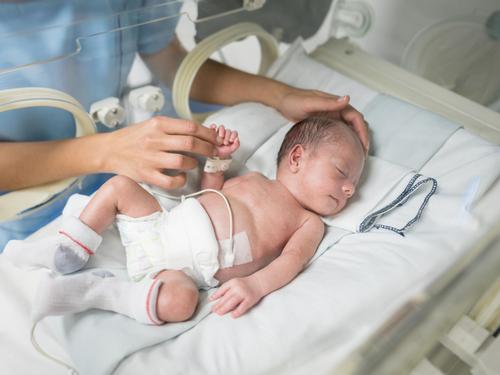Leaked emails obtained by The Independent show that as of Wednesday, staff from outsourcing firms Serco and Sitel, who have no clinical training, will be working alongside nurses and clinical staff to help assess and contract trace approximately 20,000 cases each day.
England’s test and trace service is being forced to draft in untrained staff to carry out clinical assessments of patients infected with coronavirus as the second wave of infections swamps the service.
The message said the surge in coronavirus cases had led to “an immediate challenge to the capacity” of test and trace. It comes as the latest daily data shows there were 26,688 infections confirmed in the last 24 hours, a record high with 6,479 patients in hospitals across the UK with 191 deaths reported on Tuesday.
Staff working for test and trace service, which was set up in May and hailed as a “world beating” service by prime minister Boris Johnson, said the use of Serco and Sitel workers was a potential patient safety risk because they may struggle to spot patients who need to emergency hospital treatment.
Labour’s shadow health secretary Jonathan Ashworth said: “Ministers are dogmatically obsessed with handing over more and more money to these failing private firms. We need to invest in NHS labs and clinicians as well as public health teams.
“We were promised a world-beating test and trace service, instead we have a failing system that means large swathes of the country are now under lockdown.”

The staff will be used to assess patients in the second tier of the test and trace service over the phone. The calls will be to patients who have tested positive and require a clinical assessment as well as contact tracing.
Ministers are dogmatically obsessed with handing over more and more money to these failing private firms
Jonathan Ashworth, shadow Health Secretary
One worker said: “They are bringing in unqualified staff to do the assessments. We are speaking to people who it’s clear are very short of breath and some can’t even finish a sentence without taking a breath. As a nurse I can pick up on this and assess if we need to get an ambulance out to them.
“When you ring a member of the public you go through the clinical assessment to identify their risks and isolation period and these people aren’t clinical, they may miss the signs of a patient who is having difficulty breathing – the subtle signs we as clinicians are trained to recognise.
“There is a patient safety risk.”
They added there were many shift vacancies each day with the service now handling around 20,000 positive cases a day.
Another nurse agreed, saying they had sent several people to hospital as a result of their calls. They said: “A lot of the people we are talking to are unwell, in hospital, or relatives of someone who have died. It needs a degree of sensitivity that healthcare workers have.”



